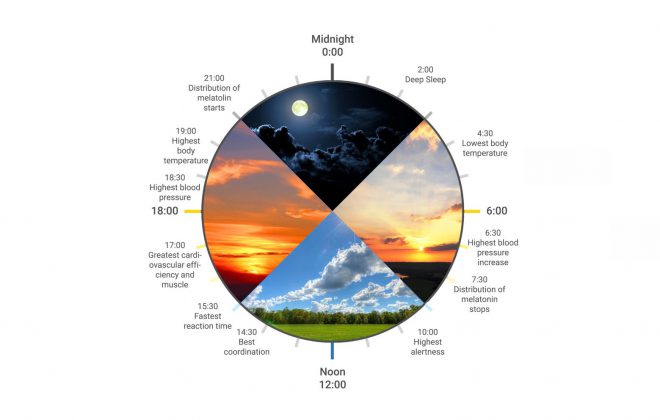The inner workings of our internal clocks
All living organisms on our planet are adapted to its rotation and to the day-night cycle. An internal clock helps them adjust to the regular rhythm of the day. Perhaps people more than any other forms of life are directly affected by the working of this inner clock. Jeffrey C. Hall, Michael Rosbash and Michael W. Young decided to investigate how this biological clock works and dug deep into the workings of the molecular mechanisms controlling the circadian rhythm. Their discoveries were awarded with the Nobel Prize in Physiology or Medicine in 2017.
So, the Circadian Rhythm is basically the 24 hour cycle in the physiological processes of all life forms, triggering mental, behavioral and physical changes during the day. And they are regulated by the inner biological clock, which was quite a mystery before the scientists above made their breakthrough. They identified a gene that controls the normal daily biological rhythm by using fruit flies as model organisms. What this specific gene does is encode a protein that accumulates in the cell during the night, and is degraded during the day. Moreover, mismatch between the environment and inner clock can affect the overall wellbeing of the body.
As a result, we see that the biological clock regulates vital functions of the body, such as sleep, metabolism, temperature, hormonal levels and more, all in close relation with the Circadian Rhythm. For humans, the biological clock is critical as it controls the Circadian Rhythm and calibrates our physiology during the phases of the day. The three Nobel laureates also reiterated the fact that circadian biology is now a dynamic research field of critical importance for the people’s health and wellbeing.
Also, it seems that light and the quality of light has direct implications in the correct functionality of the Circadian Rhythm. Natural light acts as a regulator, maintaining a harmonious rhythm. On the other hand, the absence of light during the day or exposure to poor light can disturb the well being of the mind and body. It is essential for all people to maintain a good level of exposure to natural light or to an optimized artificial light source such as human centric lights. These lights work in harmony with the human body as they mimic natural light using smart controllers and LEDs.




